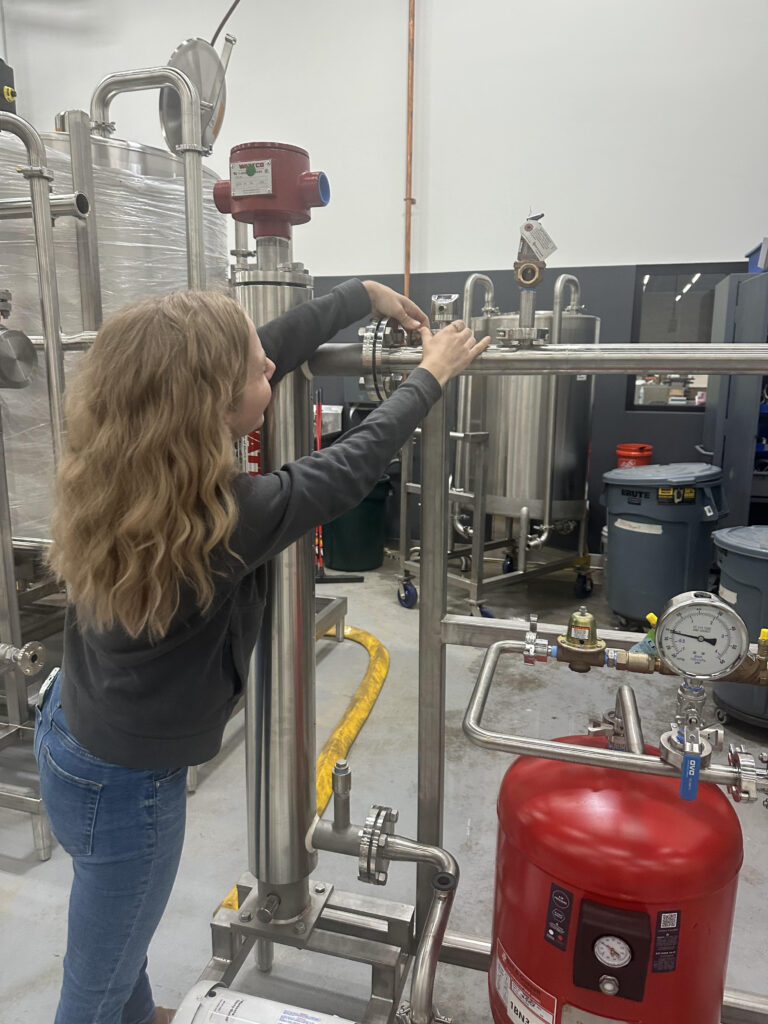From planning and design to implementation and start-up, a project engineer does it all!
Take a look behind the scenes of a day in the life of Julia, our project engineer at M.G. Newell.


What is a typical day for a project engineer at M.G. Newell?
“Typical” doesn’t really exist as a project engineer. One day you could be sitting at your desk the whole day working on updating drawings, and then the next you’re driving four hours roundtrip for a site visit to quote a new job, or you might have a lunch and learn with a vendor mixed with checking your materials and equipment for an upcoming job on another day. That’s what keeps things interesting, along with no two jobs being the same.
How long have you been a project engineer at M.G. Newell, and what education or background did you have to have to get this job?
I’ve been a project engineer here for a year and a half, and before this I was a corporate R&D engineer at Conagra and then at Syngenta, working on scale-up and manufacturing support of new products. Before that I received my master’s in Ag & Bio Engineering and my bachelor’s in Bio Systems Engineering (go Huskers and Boilermakers!).
What is your favorite thing about your job?
I love constantly learning new things and being challenged, however cliché that might sound. Since every job and customer is different, there’s always some unique challenge or learning curve. The people here that I get to work with are also a big plus!
If someone is interested in becoming a project engineer, what is one piece of advice you’d give them?
Never stop learning or asking questions—the work can be stressful at times, but go easy on yourself when you make mistakes because you will, and that’s okay as long as you learn from them.

For more information, visit our website: www.mgnewell.com and www.newellautomation.com.
